MARKET OVERVIEW
The Global Thermal Insulation Paint market is a significant segment and is gaining attention due to the growing need for more energy-efficient and environmentally friendly building solutions. Thermal insulation paint, as the name says, serves the purpose of insulating structures against heat, which ultimately contributes to reduced energy consumption and lower greenhouse gas emissions. The market for thermal insulation paint is inextricably linked to the construction sector, which is experiencing a surge in demand for sustainable and energy-efficient building materials. This upswing is primarily driven by environmental concerns, stringent regulations, and the desire to reduce energy costs. As a result, thermal insulation paint has become a key player in the global efforts to improve energy efficiency in buildings.
One of the fundamental aspects of the thermal insulation paint market is the variety of products available. These paints come in different formulations, each designed to address specific insulation needs. For example, some are more suitable for exterior applications, while others are intended for indoor use. Additionally, the effectiveness of these paints can vary, and many factors influence their performance, such as the type of surface they are applied to and the thickness of the coating. The demand for thermal insulation paint is driven by both residential and commercial construction. Homeowners and businesses alike are looking for ways to make their properties more energy-efficient and environmentally friendly. This has created a market where manufacturers are continually innovating to meet these demands.
In terms of challenges, one notable aspect is the cost factor. While thermal insulation paint offers long-term savings in terms of reduced energy consumption, the initial investment can be higher than traditional paints. This cost can deter some consumers and businesses from adopting these products. However, the cost-benefit analysis often tips in favor of thermal insulation paint when considering long-term energy savings. As governments, businesses, and homeowners seek to reduce energy consumption and lower greenhouse gas emissions, the adoption of thermal insulation paint is on the rise. With a global presence and a commitment to innovation, this market is poised for continued growth in the years to come.
Global Thermal Insulation Paint market is estimated to reach $14,692.8 Million by 2030; growing at a CAGR of 6.1% from 2023 to 2030.
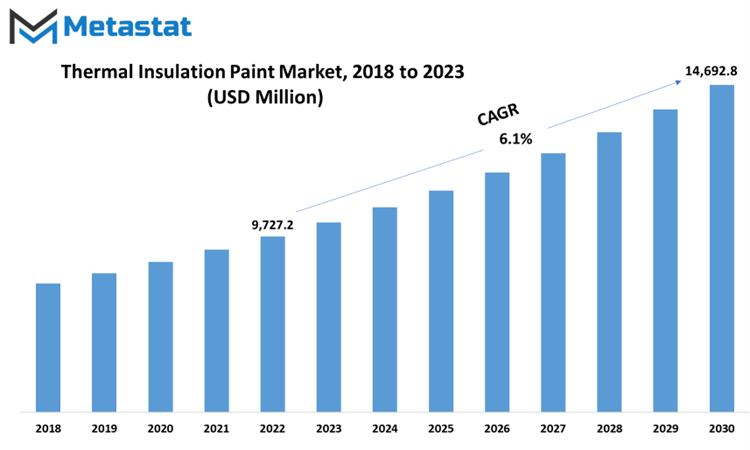
GROWTH FACTORS
The Global Thermal Insulation Paint market is significantly influenced by a variety of factors that shape its growth and potential challenges. Understanding these factors is essential in comprehending the dynamics of this market.
One of the key driving forces behind the market's growth is the increasing awareness of energy conservation and the need for sustainable building solutions. With growing concerns about energy consumption and environmental impact, there is a heightened interest in technologies and materials that can enhance the energy efficiency of buildings. Thermal insulation paint fits into this category, as it offers a way to reduce heat transfer, ultimately leading to lower energy consumption for heating and cooling. Government regulations and incentives also play a crucial role in propelling the market forward. Many governments worldwide have recognized the importance of energy-efficient construction practices and have implemented regulations and provided incentives to encourage their adoption. This creates a favorable environment for thermal insulation paint, as it aligns with the broader goals of energy conservation and sustainability.
However, the market faces its own set of challenges. One such challenge is the high initial cost and installation complexity associated with thermal insulation paint. While the long-term energy savings can justify the initial investment, the upfront expenses can be a deterrent for some potential users. Another limitation of thermal insulation paint is its limited effectiveness in extremely high-temperature environments. In applications where temperatures reach exceptionally high levels, such as industrial settings with furnaces or ovens, the performance of thermal insulation paint may be compromised. This restricts its use to specific conditions and applications.
Nonetheless, despite these challenges, the market holds promise. The growing demand for retrofitting existing structures to improve energy efficiency presents a significant opportunity for thermal insulation paint. As existing buildings seek to become more energy-efficient, the application of thermal insulation paint can be a cost-effective and relatively non-disruptive solution.
The Global Thermal Insulation Paint market is influenced by factors that both drive its growth and present obstacles. The increasing awareness of energy conservation and government support for energy-efficient construction practices contribute positively to the market. Conversely, the high initial cost and limitations in extremely high-temperature environments present challenges. However, the market's potential is further bolstered by the demand for retrofitting existing structures to improve energy efficiency, highlighting the market's capacity for future expansion.
MARKET SEGMENTATION
By Type
The global Thermal Insulation Paint market offers various options to cater to diverse needs. It's important to understand how this market is segmented, as these distinctions are crucial for businesses and consumers alike.
The Barrier Type segment, which was valued at 3194.5 USD Million in 2022. Barrier Type thermal insulation paint serves as a protective shield against heat. It prevents heat from penetrating, making it an excellent choice for industries where temperature control is paramount. This type of paint ensures that the heat stays out, providing a cooler and more energy-efficient environment.
Moreover, the Reflective Type segment, valued at 4290.4 USD Million in 2022. Reflective thermal insulation paint, as the name suggests, reflects heat away. It's particularly useful in regions with intense sunlight and high temperatures. By bouncing the heat off, it helps maintain a cooler indoor temperature. This type is often favored for its energy-saving properties.
Whereas, the Radiation Type segment, valued at 1850.3 USD Million in 2022. Radiation thermal insulation paint works by absorbing and re-emitting heat. It's effective in situations where you want to regulate the temperature within a space. This type of paint helps in maintaining a consistent and comfortable environment.
Each of these segments caters to different needs and situations. By understanding their unique properties and applications, businesses and consumers can make informed decisions on which type of thermal insulation paint best suits their requirements. These values in USD Million signify the market's size for each segment, underlining their significance in the thermal insulation paint industry.
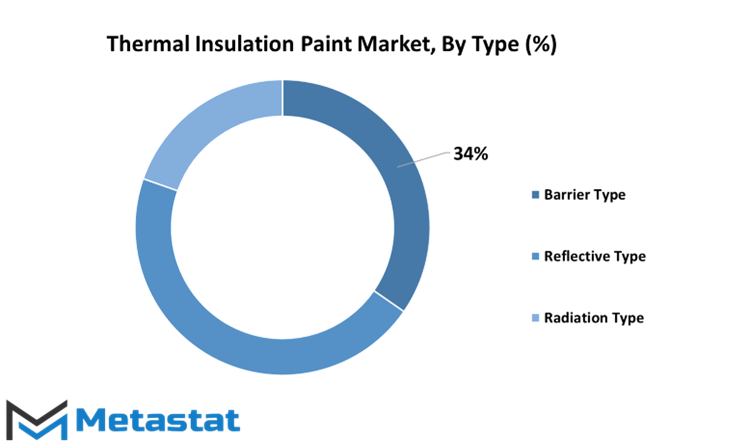
By Application
The global Thermal Insulation Paint market can be understood through its various applications. It finds usage in diverse sectors, each having its own significance and contribution to the market's value. One significant application is in the Building & Construction sector, where Thermal Insulation Paint plays a pivotal role. In 2022, this segment held a value of 4498.8 USD Million. It's a substantial part of the market, reflecting the growing need for energy-efficient solutions in the construction industry. Thermal Insulation Paint helps in maintaining a controlled indoor environment, reducing energy consumption and costs.
Another essential application is in the Automotive & Transportation sector, valued at 2389 USD Million in 2022. In this field, Thermal Insulation Paint is used to enhance the energy efficiency of vehicles, ultimately improving their performance. It also aids in reducing noise and vibrations, leading to a more comfortable and quieter ride.
The Aerospace & Defense sector is another key player in the application of Thermal Insulation Paint. In 2022, it accounted for a value of 1165.6 USD Million. Thermal insulation is crucial in the aerospace industry to protect equipment and ensure safety. It aids in maintaining stable temperatures, especially in extreme conditions, which is a critical factor for aircraft and defense applications. The Manufacturing sector also relies on Thermal Insulation Paint, with a value of 782.3 USD Million in 2022. Manufacturing processes often involve high temperatures and machinery that generates heat. The use of Thermal Insulation Paint in this sector helps in controlling heat and protecting both the equipment and the workforce.
Additionally, there are various other applications falling under the 'Others' category, valued at 499.5 USD Million in 2022. These applications may include but are not limited to marine, electronics, and appliances. The versatility of Thermal Insulation Paint allows it to find utility in a range of scenarios beyond the major sectors mentioned.
The global Thermal Insulation Paint market is not uniform but rather diverse in its applications. It caters to the distinct needs of Building & Construction, Automotive & Transportation, Aerospace & Defense, Manufacturing, and several other sectors falling under the others category. This diversity is a testament to the adaptability and effectiveness of Thermal Insulation Paint in meeting the specific requirements of different industries.
REGIONAL ANALYSIS
The global Thermal Insulation Paint market varies significantly by region. In North America, the market's estimated value reached 1634.5 USD Million in 2018. Similarly, in Europe, the market stood at 2432.7 USD Million in the same year. Other parts of the world also contributed to this dynamic market. The variations in market values across regions can be attributed to a range of factors. Economic conditions, regulatory frameworks, and the extent of industrial and construction activities play a significant role. In regions with robust industrial sectors and a high demand for energy-efficient solutions, such as North America and Europe, the Thermal Insulation Paint market has seen substantial growth.
The global nature of the Thermal Insulation Paint market underscores the importance of considering regional variations. Understanding the specific needs and market conditions in different parts of the world is crucial for businesses operating in this sector. It allows companies to tailor their strategies and products to meet the diverse requirements of customers in North America, Europe, and other regions, ultimately contributing to the growth of the Thermal Insulation Paint market worldwide.
COMPETITIVE PLAYERS
In the global Thermal Insulation Paint market, certain key players stand out for their exceptional contributions. One of these notable figures is Mascoat, a renowned name in the thermal insulation and protective coatings industry. Mascoat is celebrated for its unwavering commitment to innovation, quality, and sustainability. Another prominent player in the global Thermal Insulation Paint market is Carboline, a respected name in the realm of industrial coatings and corrosion control. Like Mascoat, Carboline is known for its relentless dedication to innovation, quality, and sustainability.
Carboline, too, boasts an impressive range of products, driven by a research-centric approach. What makes Carboline invaluable in various industries is its ability to provide customized solutions, recognizing that one size does not fit all. This adaptability makes Carboline a trusted partner in sectors where asset protection and safety are fundamental for long-term performance and sustainability. These companies, alongside several others, contribute significantly to the global Thermal Insulation Paint market, ensuring that industries worldwide benefit from their expertise, innovation, and commitment to quality and sustainability.
Thermal Insulation Paint Market Key Segments:
By Type
- Barrier Type
- Reflective Type
- Radiation Type
By Application
- Building & Construction
- Automotive & Transportation
- Aerospace & Defense
- Manufacturing
- Others
Key Global Thermal Insulation Paint Industry Players
- PPG Industries, Inc.
- Nippon Paint Holdings Co., Ltd.
- Okitsumo Inc
- AkzoNobel N.V.
- Isonem Paint & Insulation Technologies
- Highland International, LLC
- WAKO CO., LTD.
- Aquolac Coatings
- Seal Coatings
- C-COAT INSULATION Australia Pty Ltd
- Mascoat
- SK Formulations India Pvt. Ltd
- Carboline
- The Sherwin-Williams Company
WHAT REPORT PROVIDES
- Full in-depth analysis of the parent Industry
- Important changes in market and its dynamics
- Segmentation details of the market
- Former, on-going, and projected market analysis in terms of volume and value
- Assessment of niche industry developments
- Market share analysis
- Key strategies of major players
- Emerging segments and regional growth potential



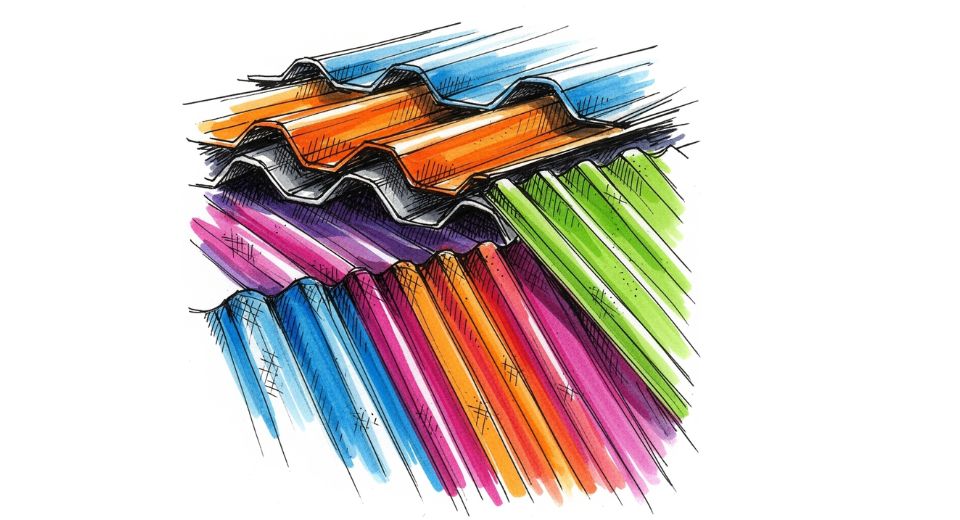
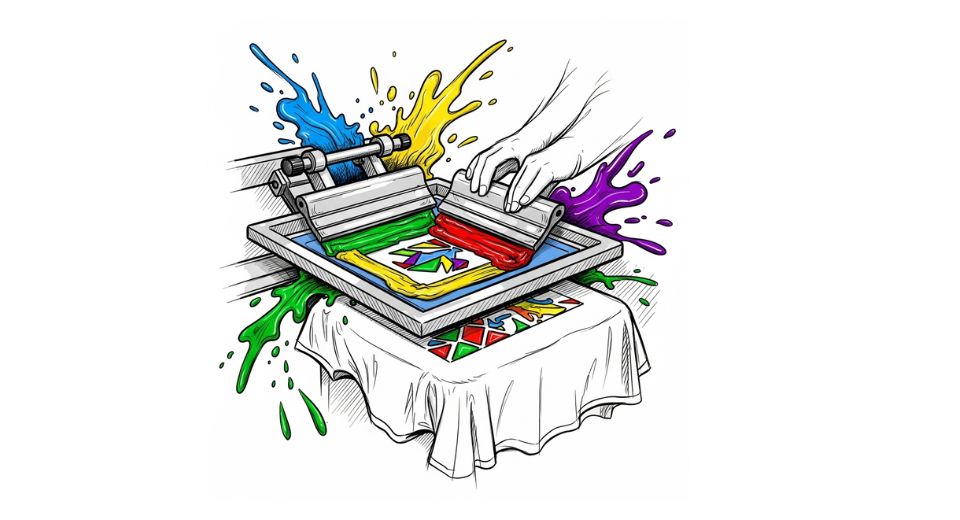
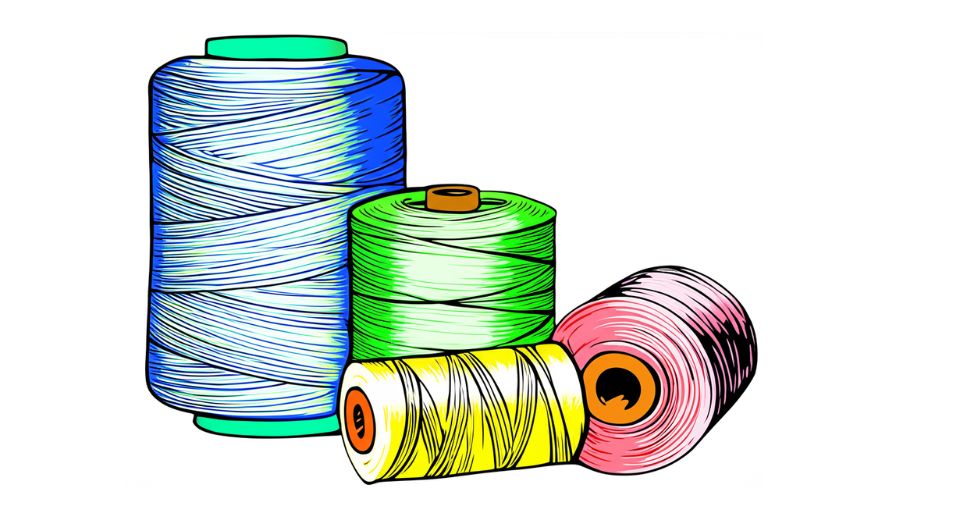
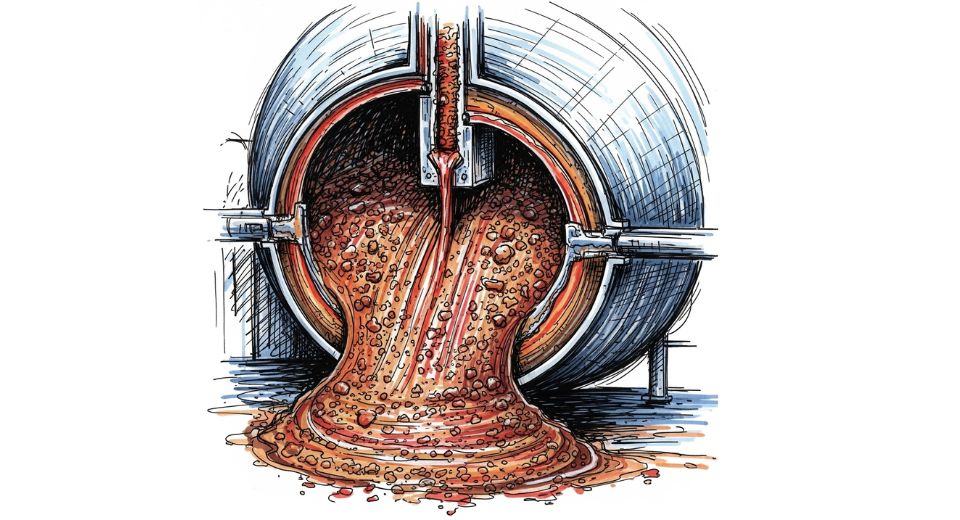

 US: +1 3023308252
US: +1 3023308252






